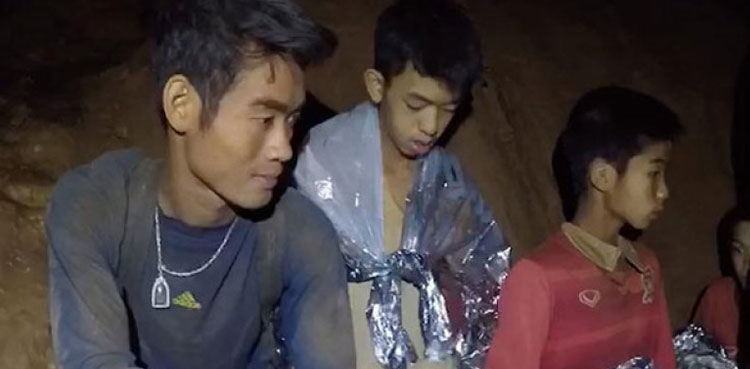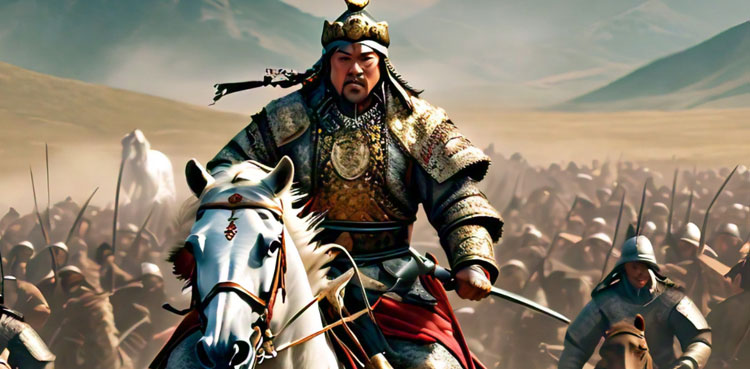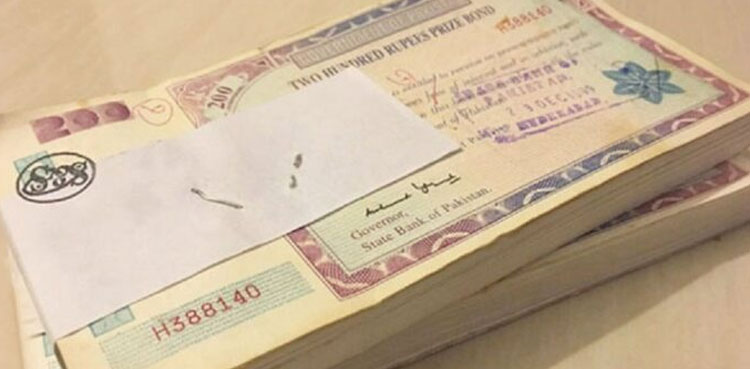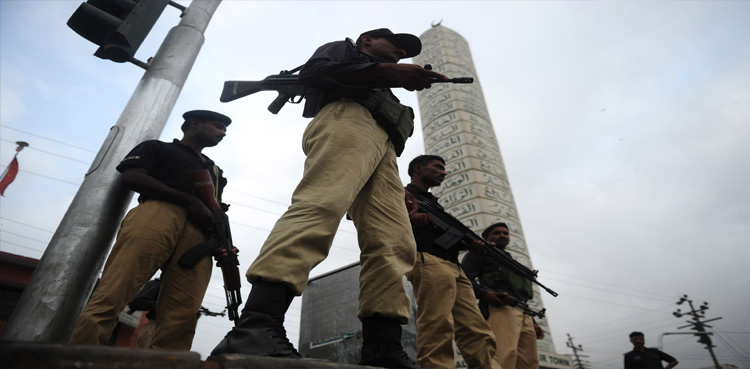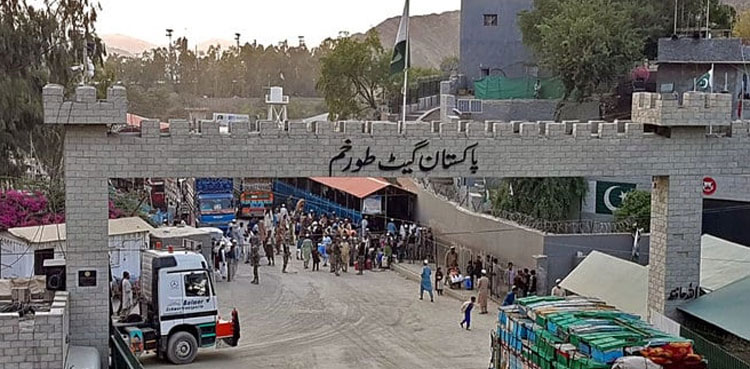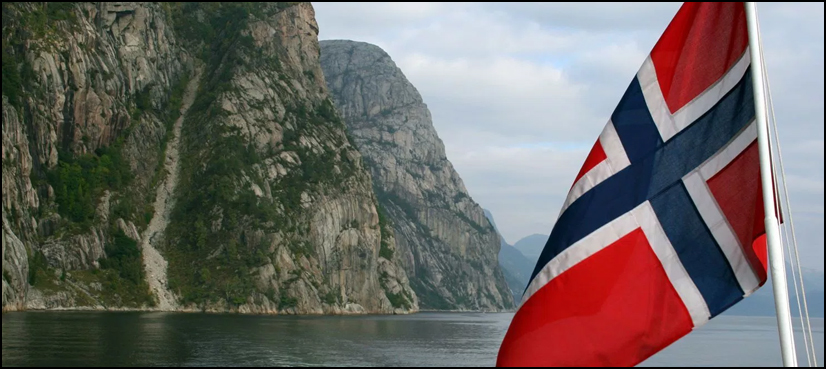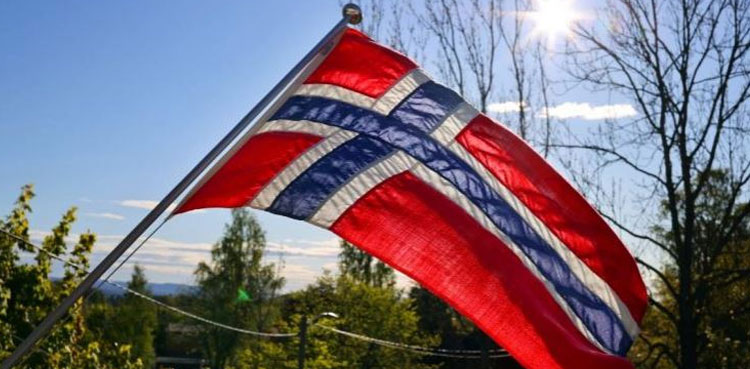The bureaucratic machinery is vast and spread over the length and breadth of Pakistan managing the federal administrative affairs. It is usually observed that plenty of focus is given on evaluating the performance of the officer class but in the process the issue of addressing ground realities confronting 95 per cent staff members of government machinery are papered off by mundane clichés and generic suggestions although it is imperative to exclusively examine the working of the junior cadres of the government functionaries to arrive at a decision about the overall performance of the state.
While doing so it must be kept in view that the junior members of the machinery of the state carry as much responsibility, if not more, than the officer class, and are actually at the forefront of an official action.
The junior or staff cadres of government machinery consist of employees working in Basic Pay Scale or grade 1 to 16. Some recent figures reveal that BPS- 1 employees constitute 16.89% of the entire federal government workforce; the second position is of BPS-5 with 14.41%, the third, fourth, fifth and sixth positions are of BPS 7, 2, 6 and BPS 11 with 10.76%, 10.68%, 6.41% and 5.92% respectively followed by the percentages of employees in BPS-4 (5.30%), BPS-9 (4.98%) and BPS-16 (4.28%).
Out of BPS 1-16 strength, the distribution in BPS 11- 16, 3-10 and 1-2 was 20.08%, 50.79% and 29.13% respectively.
Further breakdown of figures show that from amongst the federal government servants in BPS 1-16 the Railways Division was at the top with 38.65% of such staff, the Communications Division with 11.98% stood second.
The third position went to the Revenue Division with 9.93% of the total staff in BPS 1-16.
The number of employees in BPS 16 was also the highest in Defence Division being 19.04% of the total employees in BPS 16. The second position went to Kashmir Affairs, Northern Areas and States & Frontier Regions Division having 12.53% and the third position went to Education Division with 11.90% of the total number of employees of BPS 16.
As with regard to employees of BPS 11-15, Railways Division was at the top with 24.04% of such employees. The second position went to Revenue Division having strength of 17.85% and the third position went to Finance Division with 10.35% of the total number of employees in BPS 11-15.
As regard employees of BPS 3-10, Railways Division was at the top with 41.95% of such employees. The second position went to Communications Division having strength of 15.70%. The third position went to Kashmir Affairs, Northern Areas and States & Frontier
Regions Division with 8.15% of the total number of employees of BPS 3-10.
Although designations of staff members may vary in certain cases but there exists a generally accepted designation nomenclature that has gained wide currency.
In short, grades 1 – 4 are for lower office staff; grades 5 – 16 are for educated workers who mostly do the clerical work, however, this is a broad category and most workers belong to this band.
The staff hierarchy begins at grade-1 employing naib qasid, chowkidar, mali, khalasi, cleaner, bearer etc. Grade-2 comprises of loader, cleaner, picker etc. Grade-3 includes store helper, assistant lineman, etc. Grade-4 includes driver, dispatch rider etc.
Grade-5 takes in lab assistant, fitter, field assistant, clerk, printer, wireless operator etc. Grade-6 includes draftsman, instrument operator etc. Grade-7 includes telephone operator, lower division clerk (LDC), auditor, meter reader, surveyor etc.
Grade-8 takes in supervisor, lady health visitor, etc. Grade-9 consists of upper division clerk (UDC), Imam, Khatib, technician, general duty clerk, librarian, dispenser etc. Grade-10 includes, junior accountant, storekeeper etc. Grade-11 takes in sub-engineer, surveyor, inspector etc. Grade-12 includes computer operator, accountant, receptionist etc.
Grade-13 takes in senior research assistant, senior accountant, senior mechanic etc. Grade-14 employs assistant, warehouse incharge, line superintendent, cashier, steno-typist, store keeper etc.
Grade-15 includes stenographer, data entry operator, sub-station operator etc, Grade-16 takes in superintendent, assistant private secretary, deputy assistant director, quality control officer, assistant accounts officer, staff nurse, area manager etc. Corresponding designations in Police service include Constable in grade-5, Head Constable in grade-7, ASI in grade-9, sub-inspector in grade-14 and Inspector in grade-16.
The rationale for narrating staff nomenclature in detail is to bring to fore the fact that these rank holders impact public life hugely. These cadres ultimately are relied upon by the public face of bureaucracy, the officers, to process, justify and decide upon public matters.
Unfortunately, this important segment of public service has been subjected to arbitrary recruitment, indifferent training and lack of consistent supervision. As a result, it has become instrumental in becoming a serious impediment to government functioning.
For the most part it is observed that low level of educational background of staff members restrains them to clearly comprehend issues. This shortcoming narrows down the overall application of government regulations.
The tendencies to keep lower cadres to continue to work in official positions for long period breeds a false notion of competence and harden their attitude. They develop a sense of inevitability and consider supervising authority dependent on their expertise. This state of affairs is widely prevalent in financial services like Audit & Accounts, Pakistan Customs and Inland Revenue Service.
It is appropriate to very briefly mention the oddities observed in functioning of junior government functionaries.
There are instances of junior financial functionaries exercising undue influence in preparing national budgets. Certain functionaries of Custom Department are considered final authority on levying of duty and granting of waivers.
There are known reports of even diplomats lobbying for Custom concessions and granting visas to helpful officials! Lower-level employees of Income Tax Department are widely reported to arbitrarily decide exemption issues. In Police placement of an SHO is rated higher than posting of an SSP and is considered a mythical appointment.
It is high time that a complete overhaul of junior staff cadre is carried out.
A reform effort aimed at appraising and evaluating the performance of this vast cadre may be initiated under the coordinated auspices of political representatives assisted by members of federal civil service.
The process may be a healthy balance of carrying out strict accountability as well as ensuring required welfare measures. The junior cadre may have very genuine complaints such as lack of avenues of promotion.
There indeed are cases where a junior employee promoted to grade-17 in 1993 faces the prospects of retirement in one year with�out being promoted further even after 22 years.
The promotions hiatus has not only created rivalry between officer and junior cadres but has also compelled junior cadre to go to courts. The result has inundated the Cabinet Division with cases claiming to promote junior functionaries through upgrading the existing ranks.
Currently the government is strictly adhering to transparent recruitment through ensuring impartial national testing. It is widely known that even MBAs have applied for posts of LDC, UDC and Assistants who may deserve to be promoted to higher cadres in due course of time. It is suggested therefore that the percentage of promotion of lower cadres into higher positions may be increased.
Such a move will help widen the supervisory strength that is currently abysmally low where the number of lower staff in a particular department is 160 supervised by only four officers.
